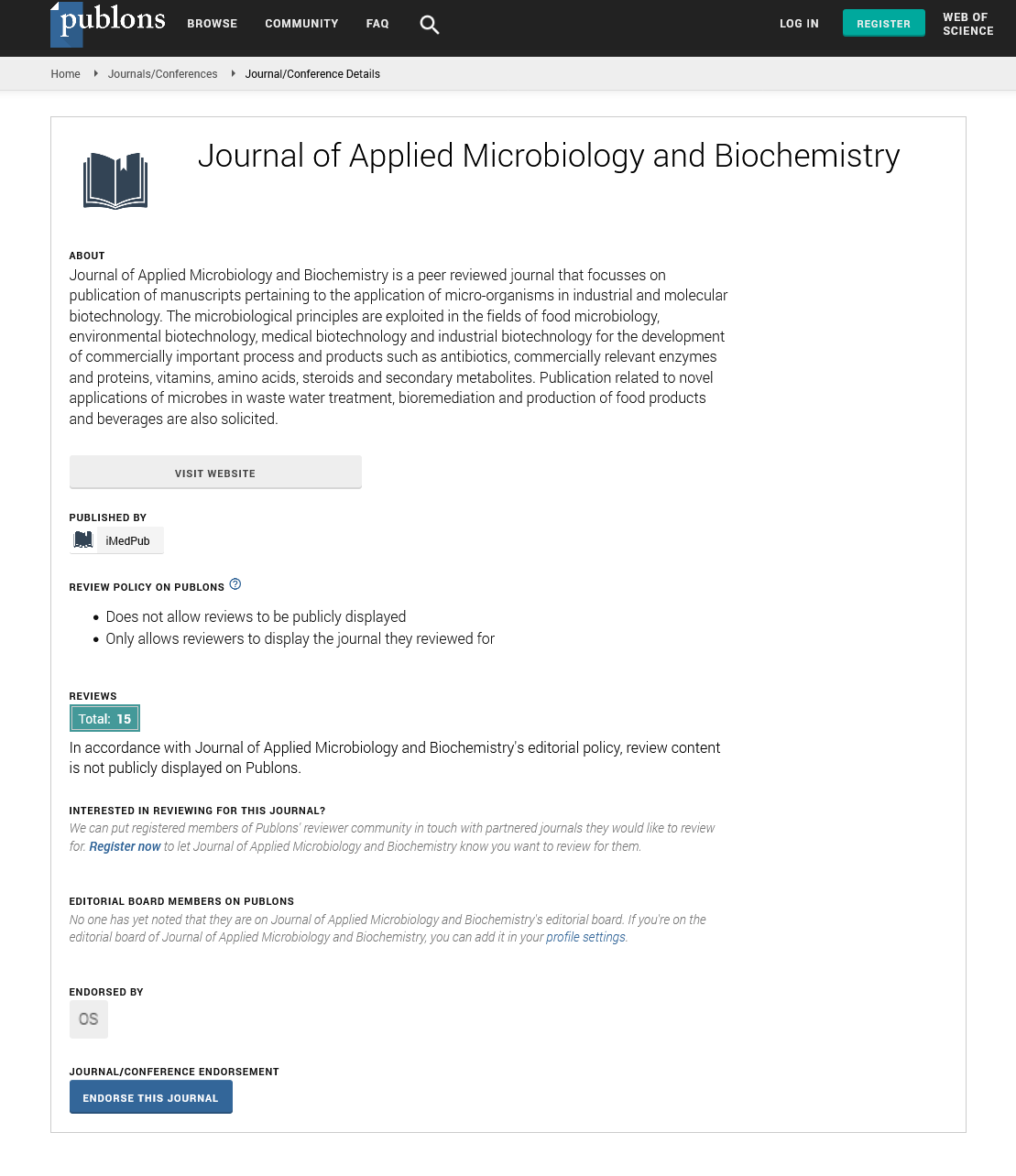Abstract
Pectinolytic Activity of Mutagenic Strain of Leuconostoc Mesenteroides Isolated From Orange and Banana Fruit Waste
The aim of this study was to isolate pectinolytic bacteria from fermented banana and orange peels. The bacterial isolates were identified using standard biochemical method. The bacteria isolates were screened on pectin agar plates. All the isolates showed pectinolytic activity in terms of making zone surrounding their colony on pectin agar medium. Pectinase activity was determined by dinitrosalicylic (DNS) acid method while protein concentration in the fermentation broth was quantified by Lowry method. The screened isolate designated OP6 tentatively identified as Leuconostoc mesenteroides with highest pectinase activity was subjected to mutagen (Ethidium bromide). The mutants of Leuconostoc mesenteroides generated were screened for pectinase production in comparison with the parent (wild) type in submerged state fermentation. All the mutant strains generated from Leuconostoc mesenteroides had their pectinolytic activities repressed in comparison with the wild strain. Out of mutants screened, mutant designated AB4 have the highest pectinolytic activity 1.54 U/mg. The pectinase activity produced by AB4 was approximately 32% lower than the wild strain. The pretreatment of Leuconostoc mesenteroides with Ethidium bromide caused enzyme repression. The appreciable yield in pectinase activity displayed by the mutant strains when compared with the wild type suggests its industrial relevance. Therefore, use of other chemical mutagens can be tested for further strains improvement.
Author(s): Adeleke Bartholomew Saanu
Abstract | Full-Text | PDF
Share This Article
Google Scholar citation report
Citations : 259
Journal of Applied Microbiology and Biochemistry received 259 citations as per Google Scholar report
Journal of Applied Microbiology and Biochemistry peer review process verified at publons
Abstracted/Indexed in
- Google Scholar
- China National Knowledge Infrastructure (CNKI)
- Cosmos IF
- Directory of Research Journal Indexing (DRJI)
- Publons
- Secret Search Engine Labs
Open Access Journals
- Aquaculture & Veterinary Science
- Chemistry & Chemical Sciences
- Clinical Sciences
- Engineering
- General Science
- Genetics & Molecular Biology
- Health Care & Nursing
- Immunology & Microbiology
- Materials Science
- Mathematics & Physics
- Medical Sciences
- Neurology & Psychiatry
- Oncology & Cancer Science
- Pharmaceutical Sciences


